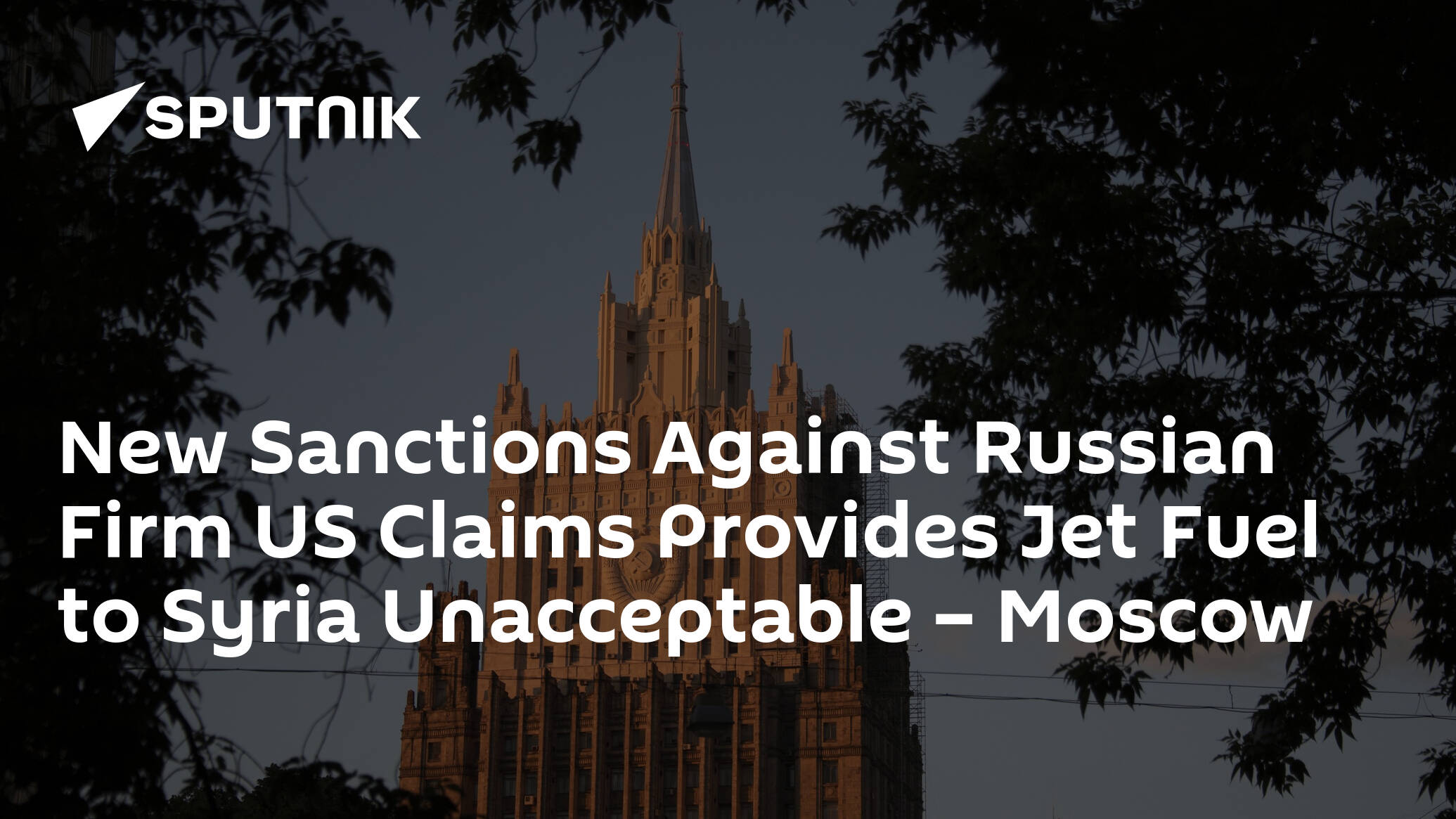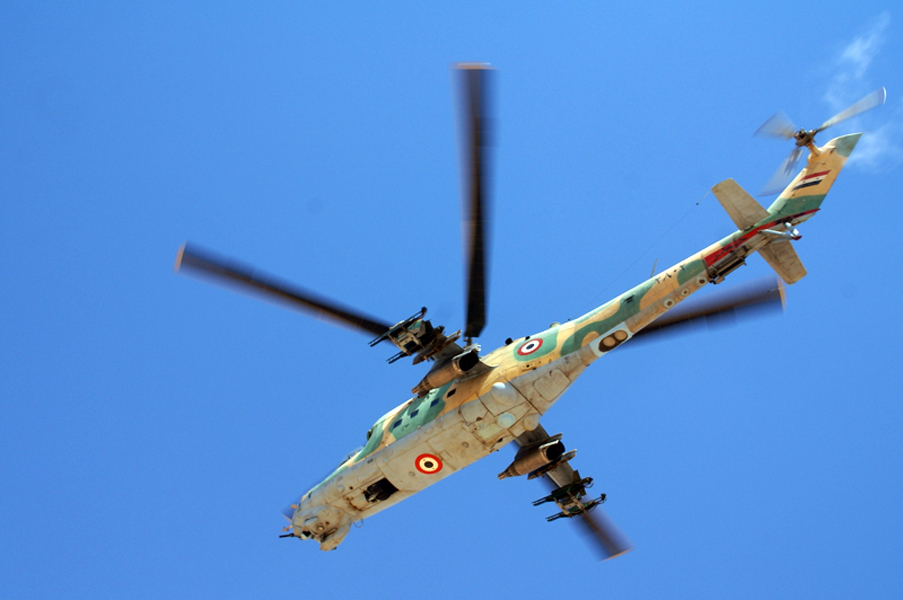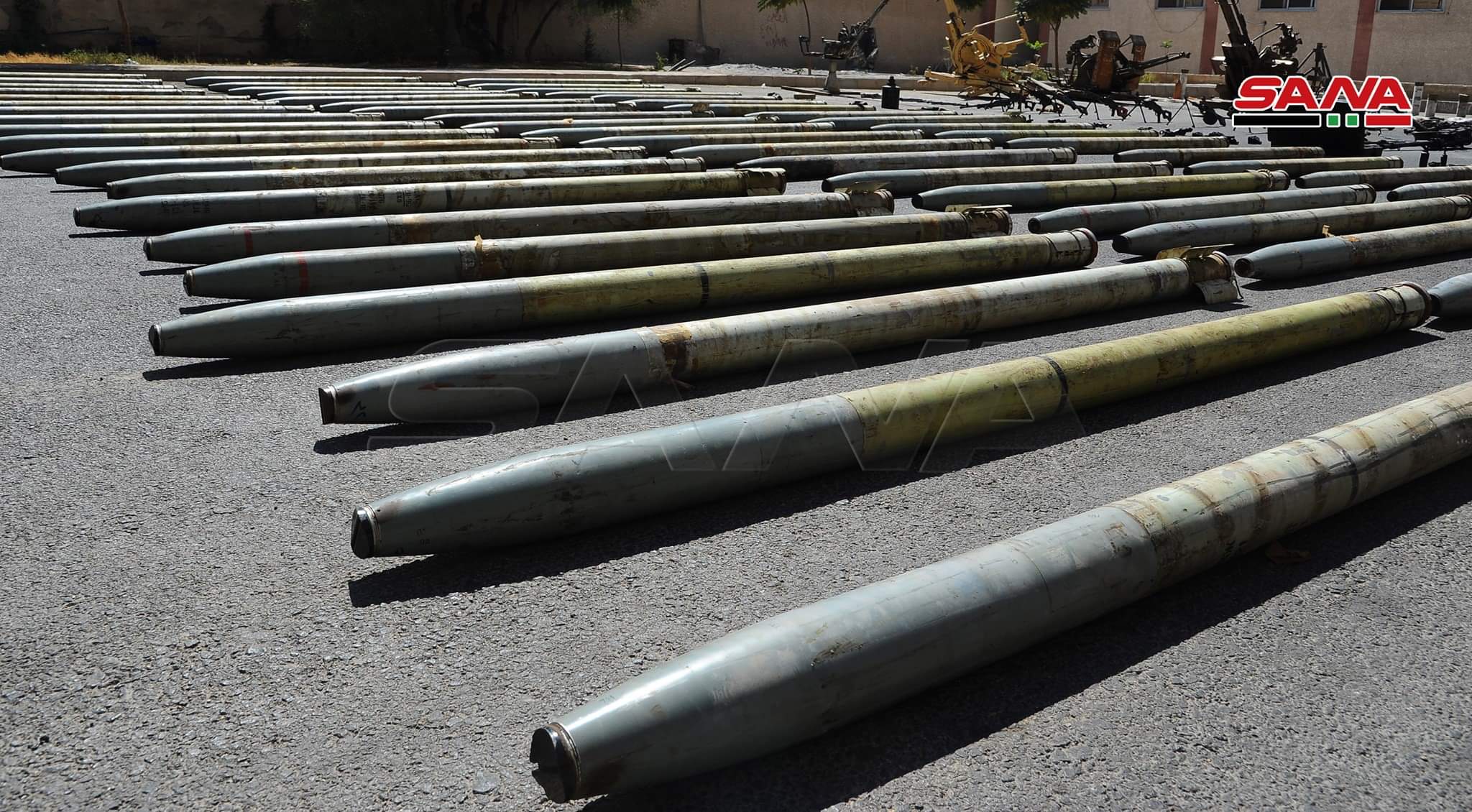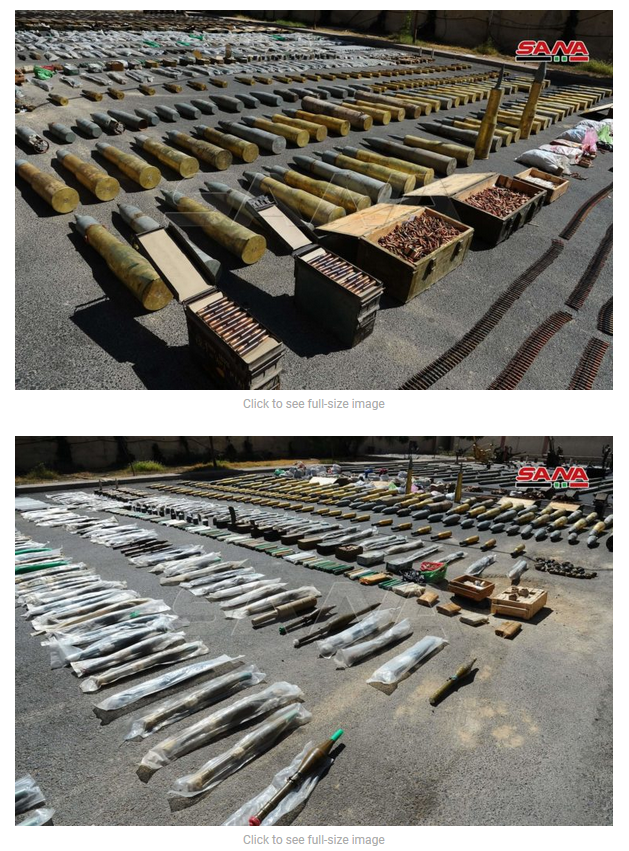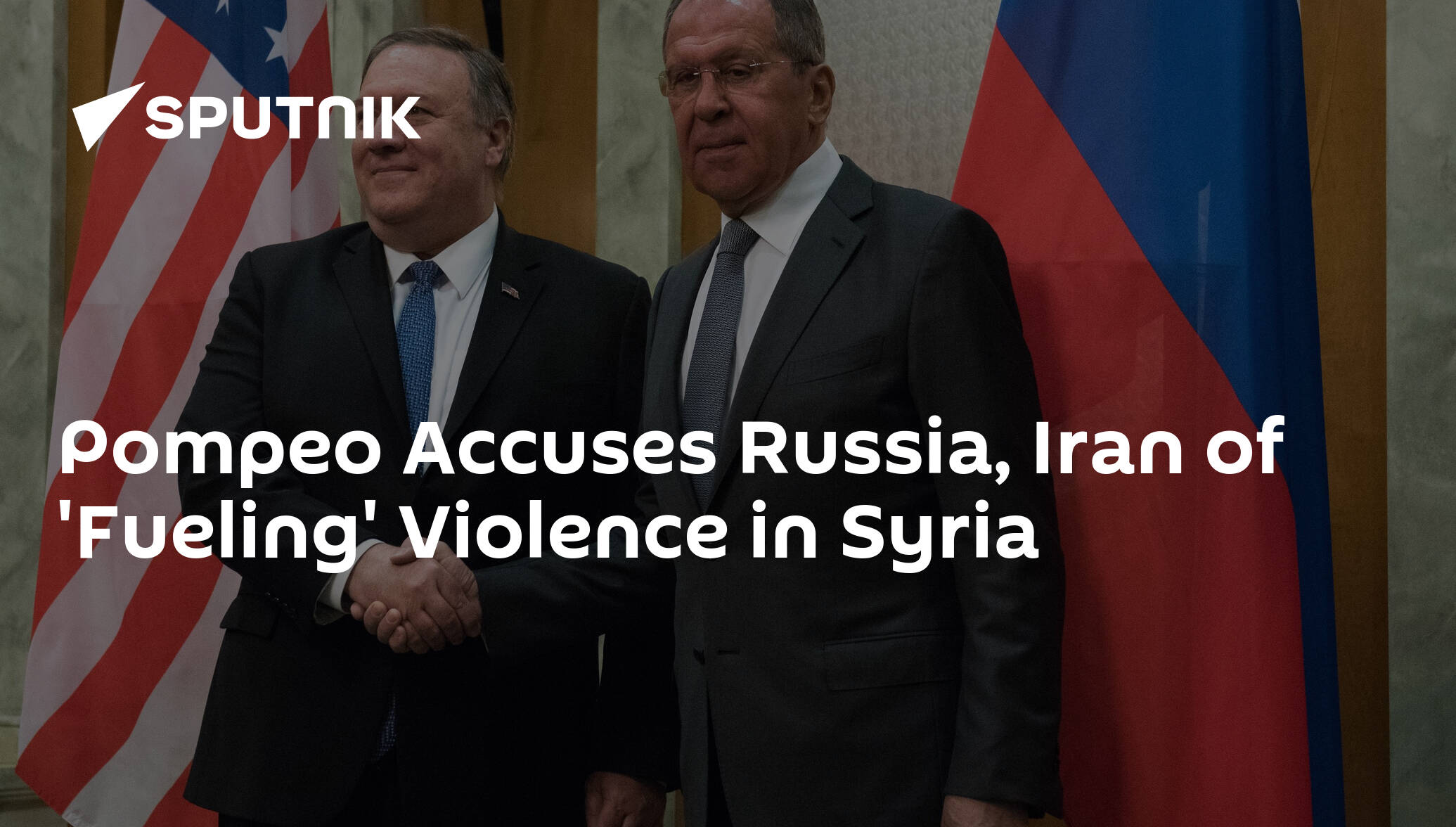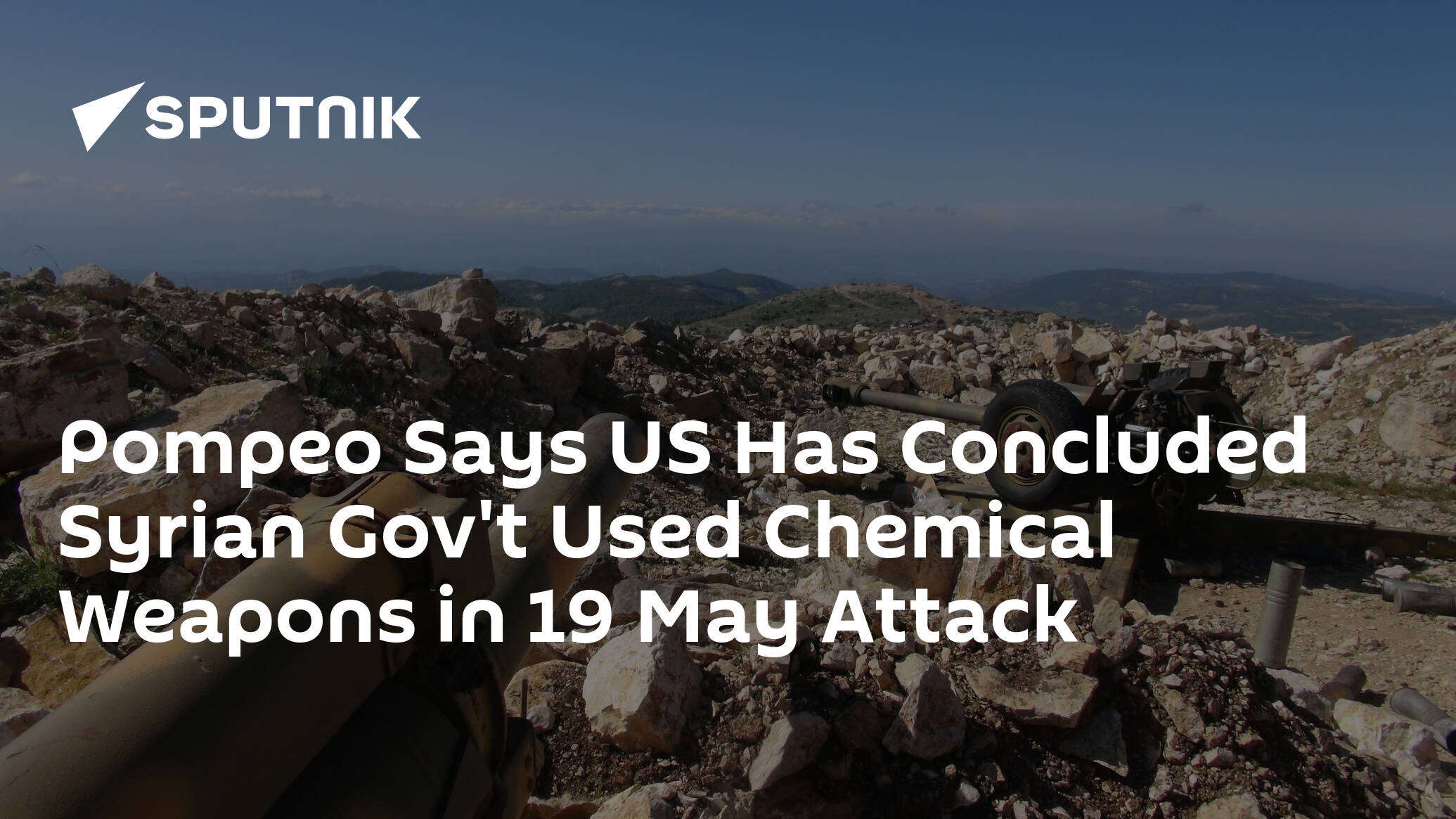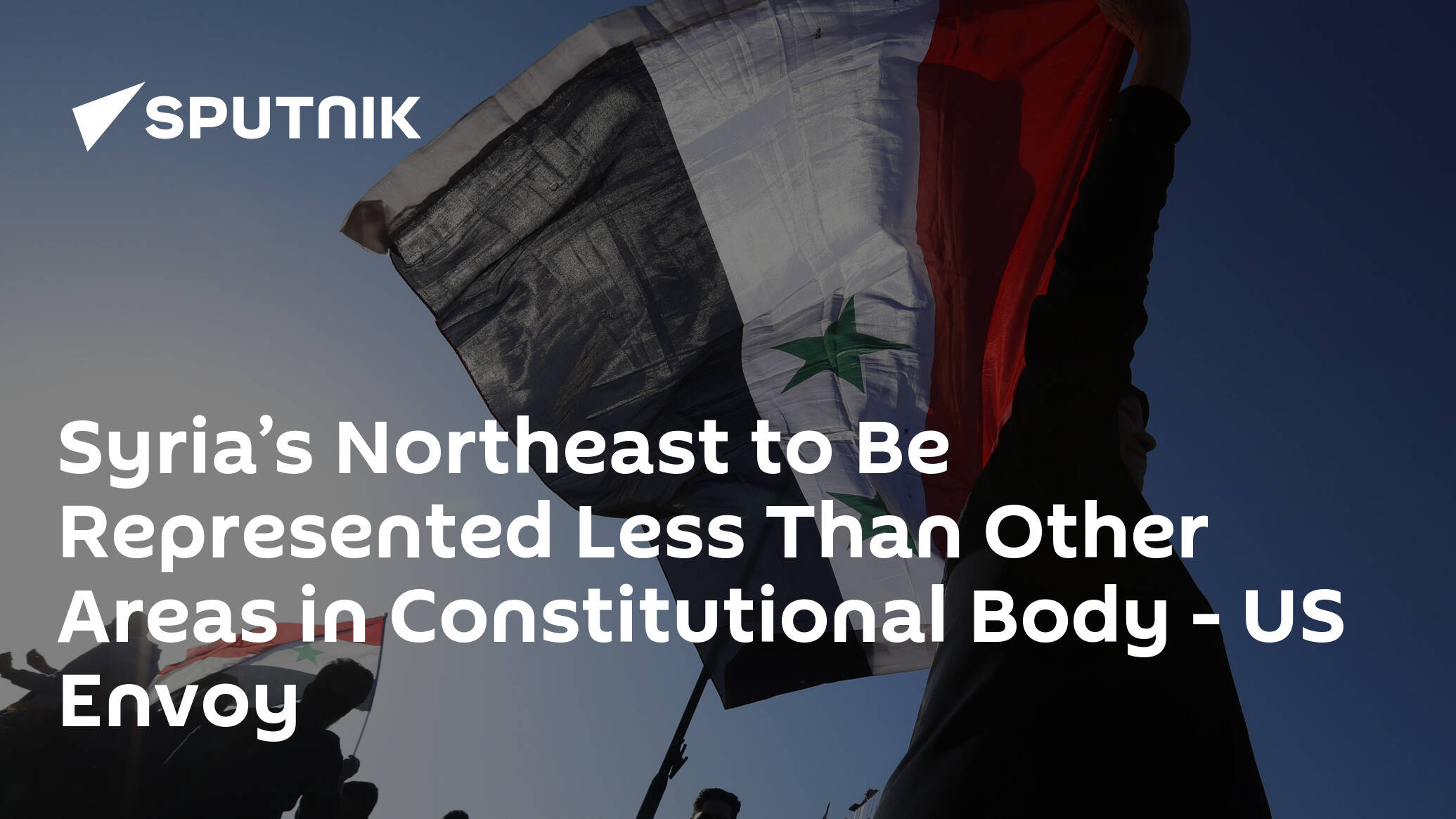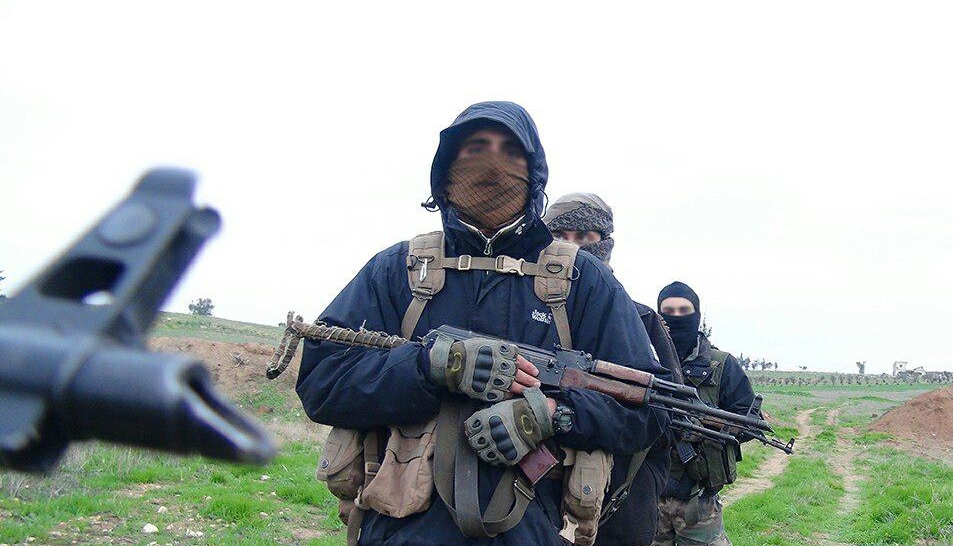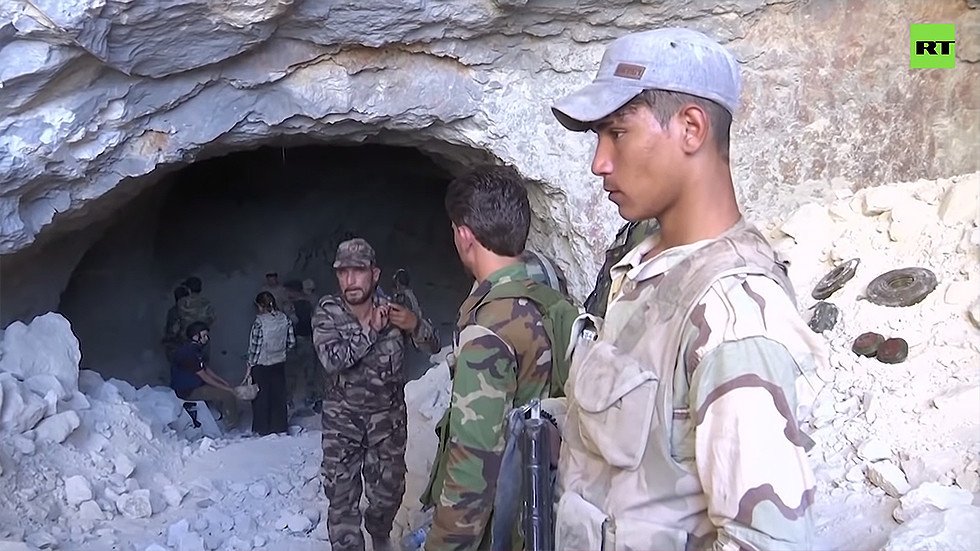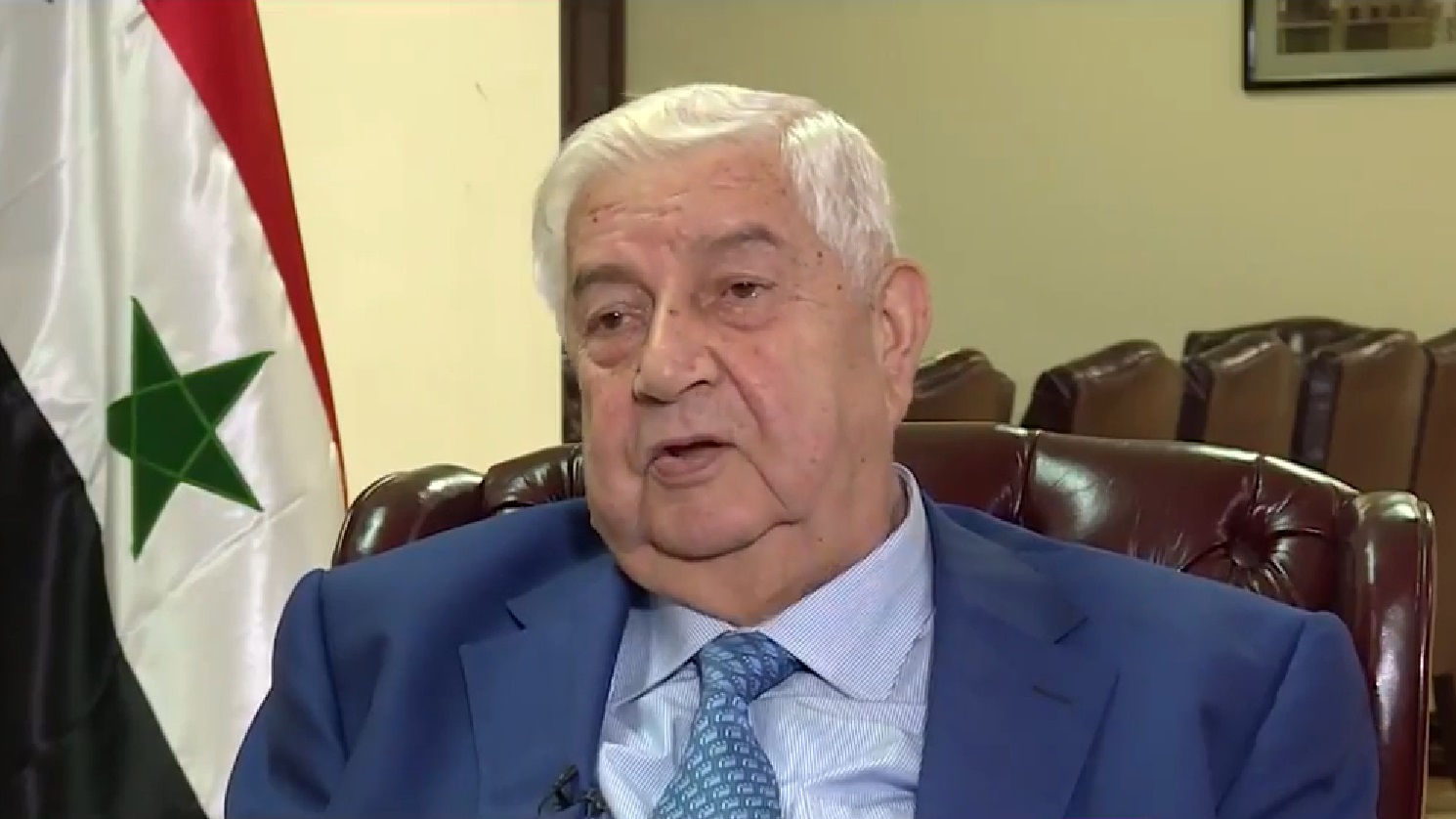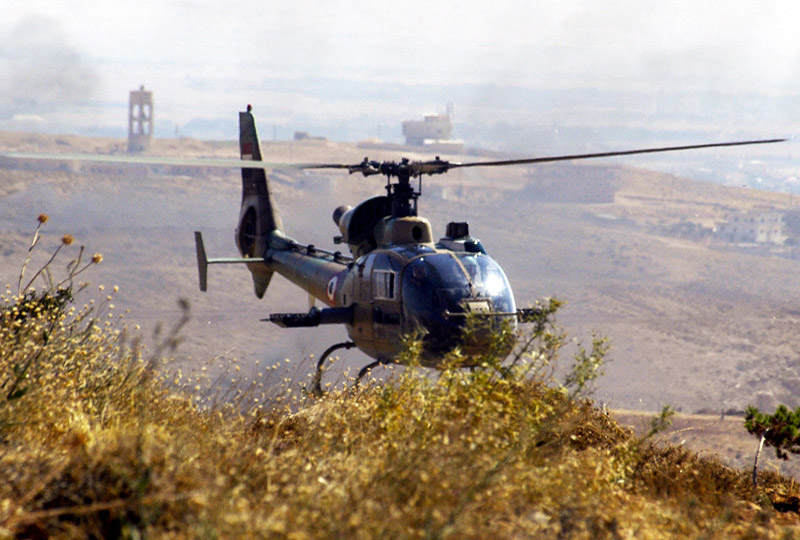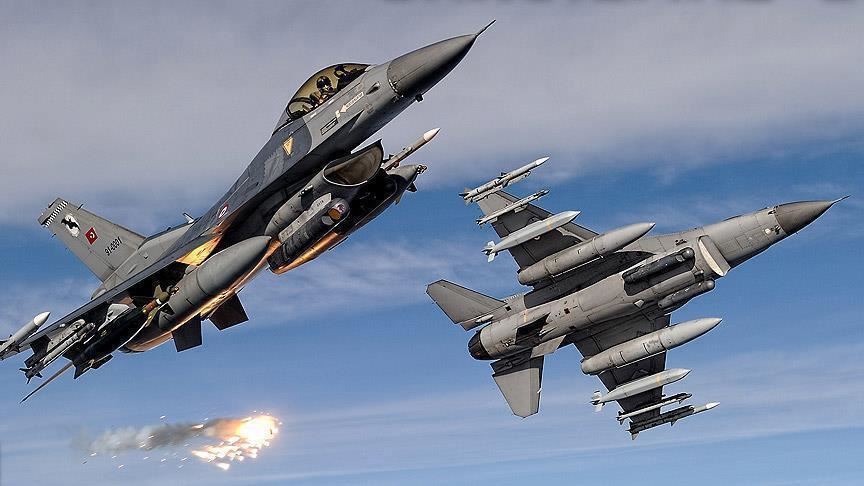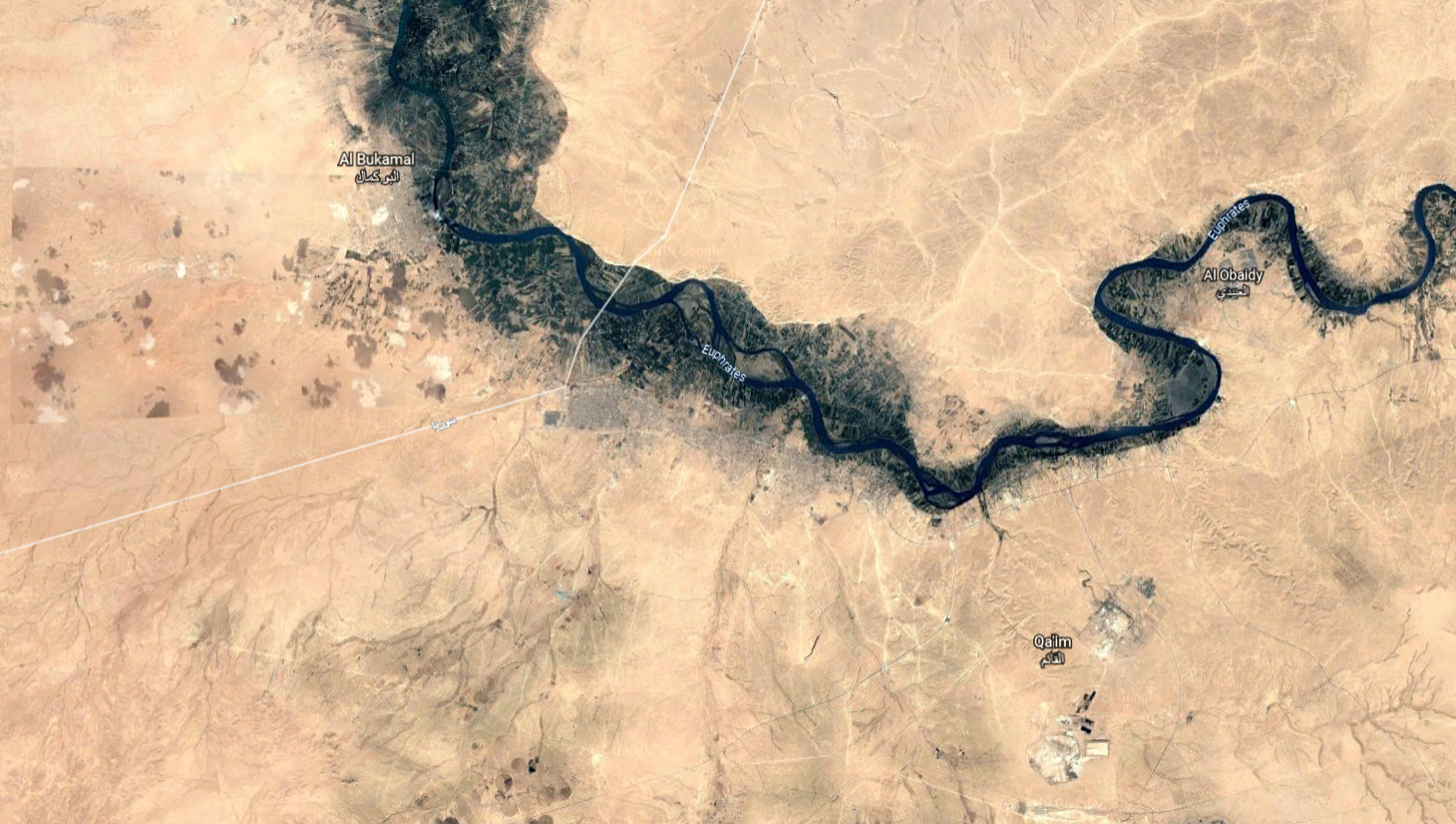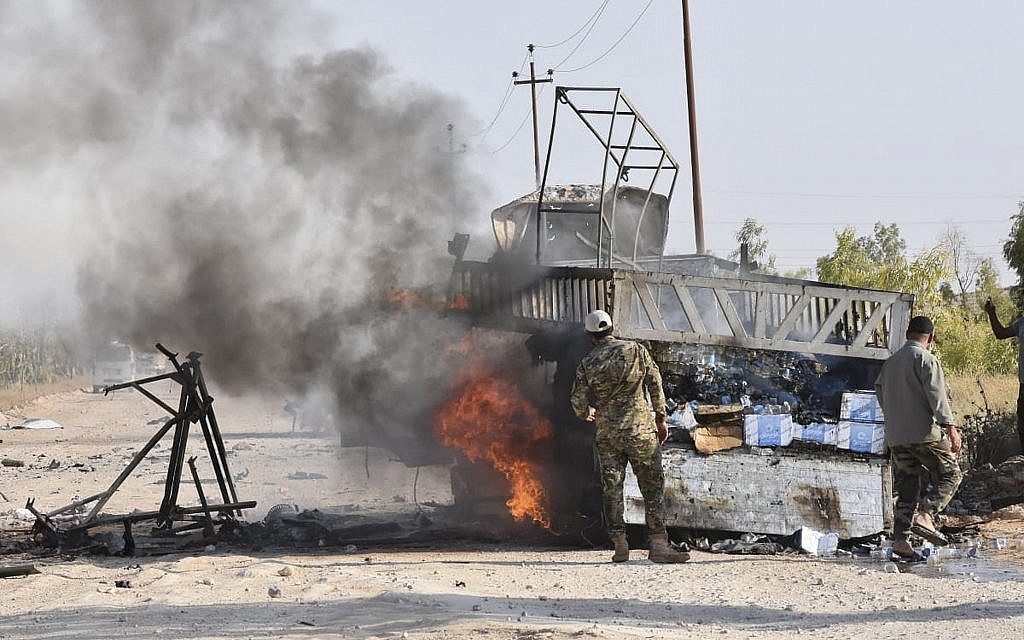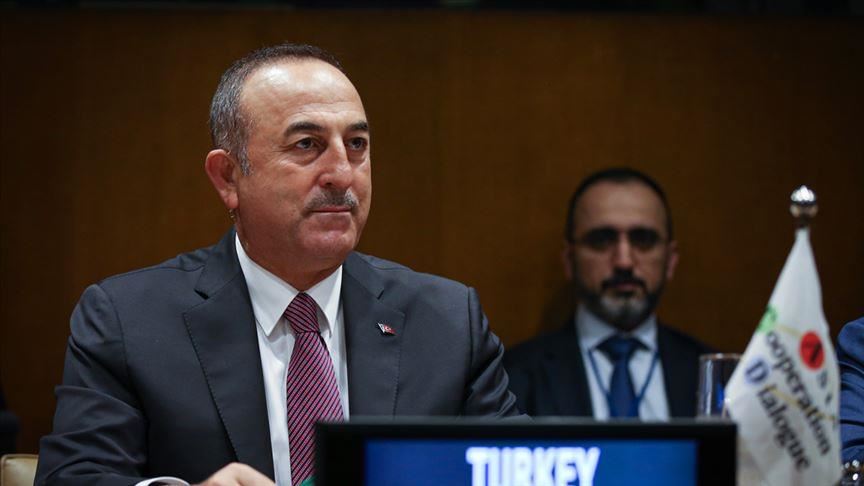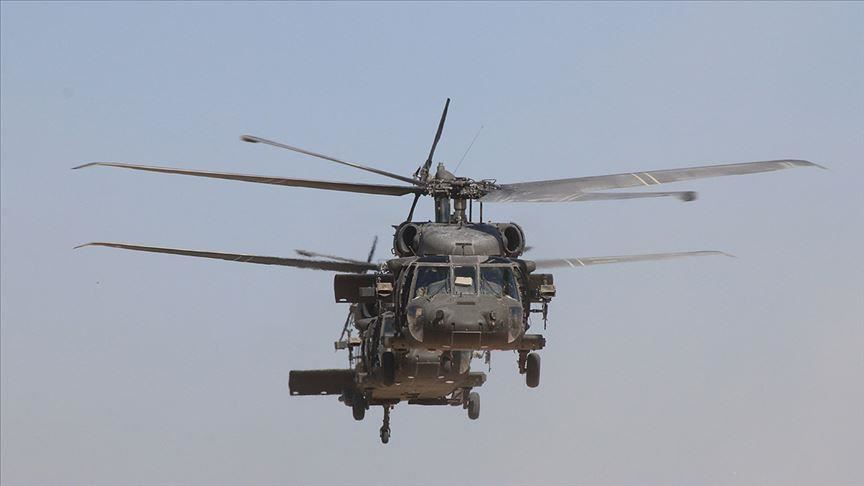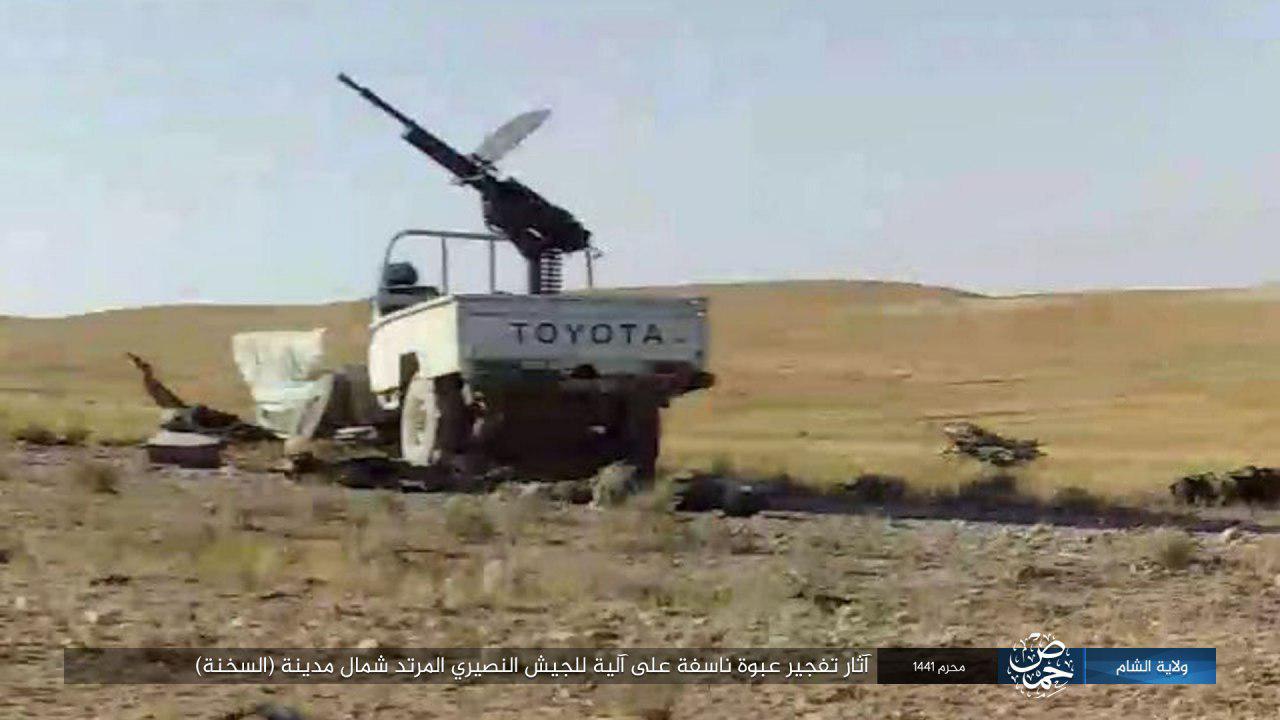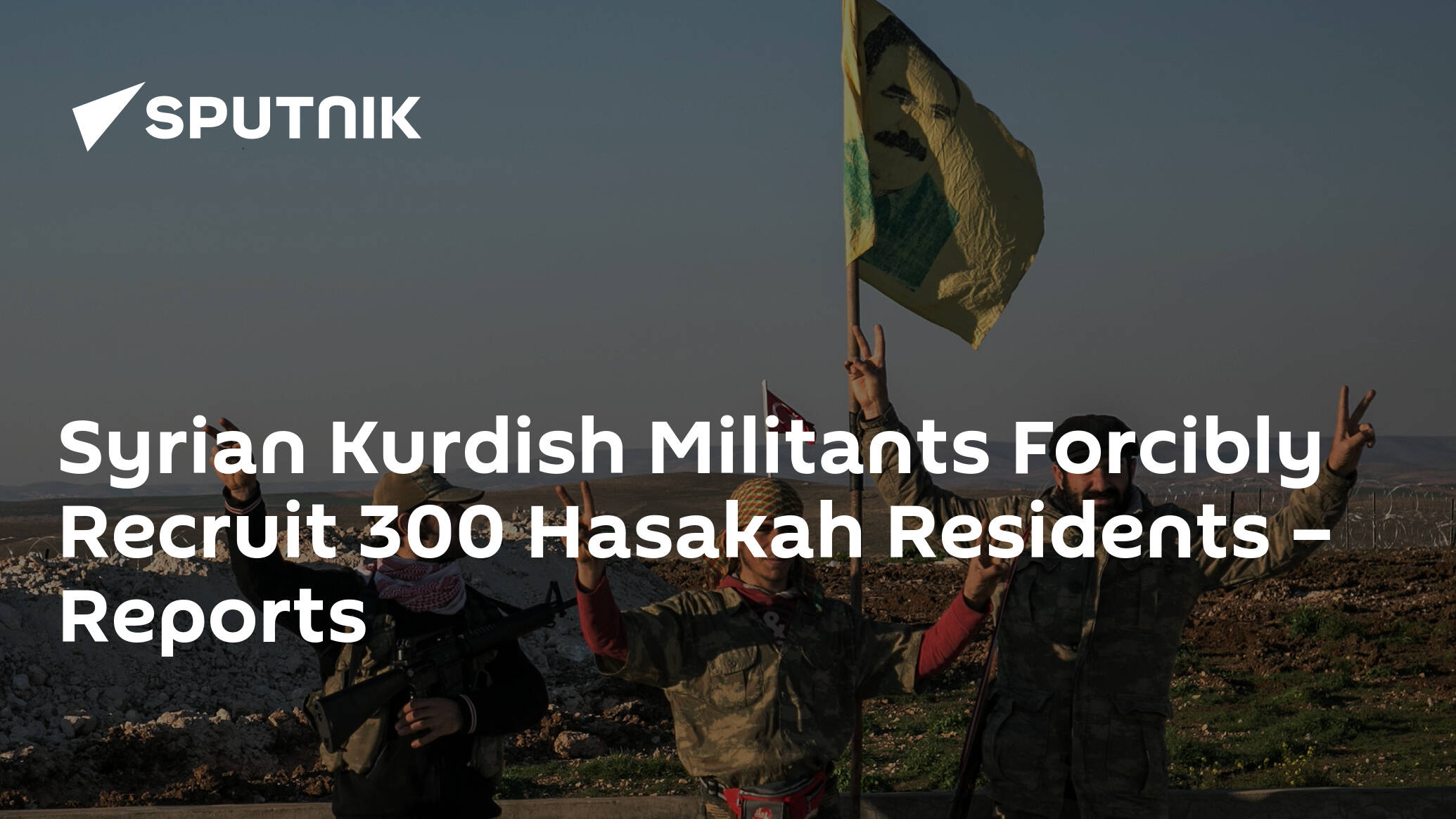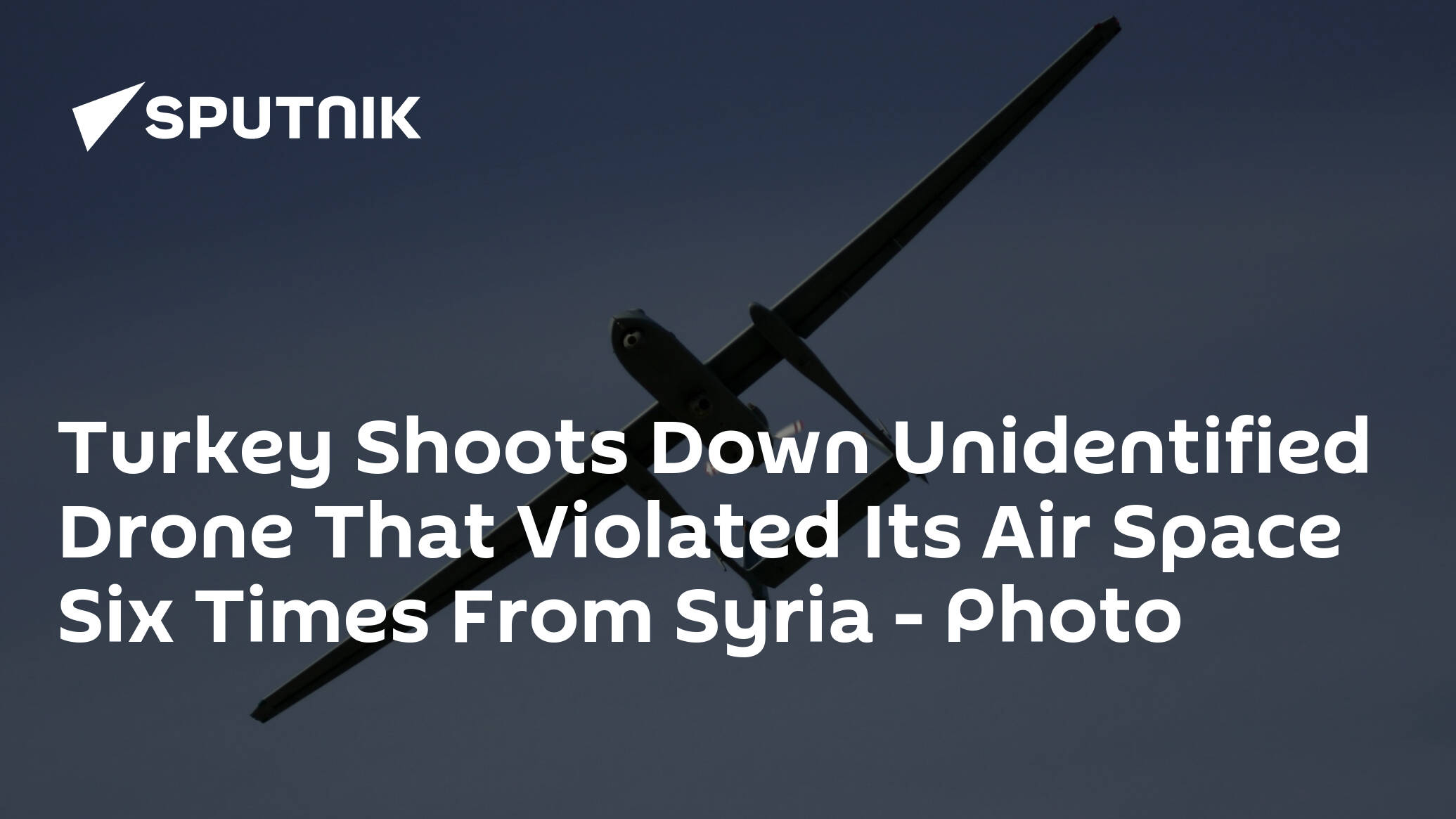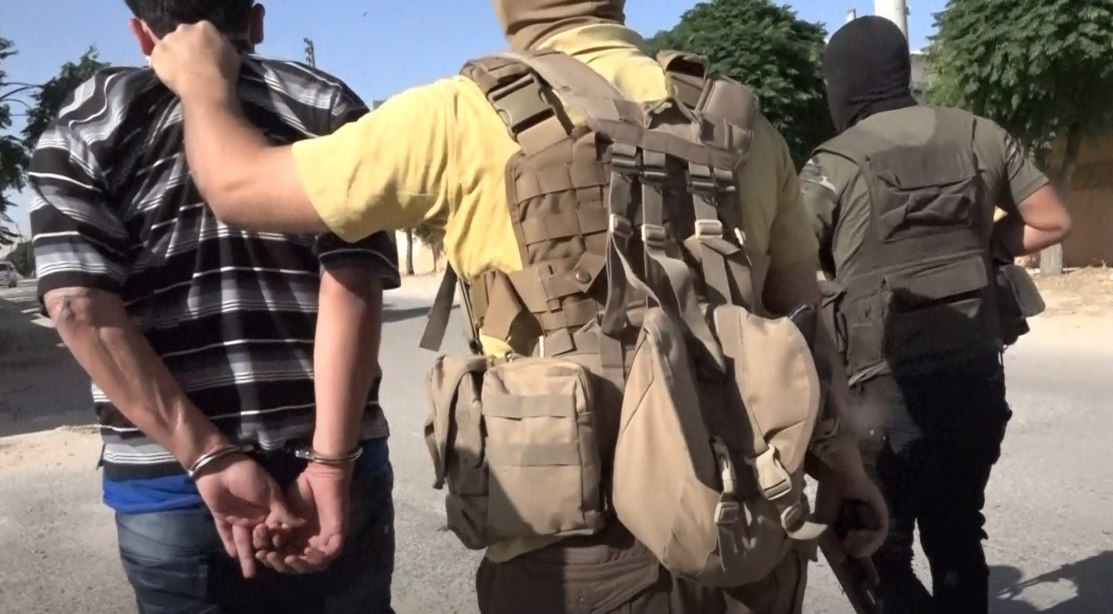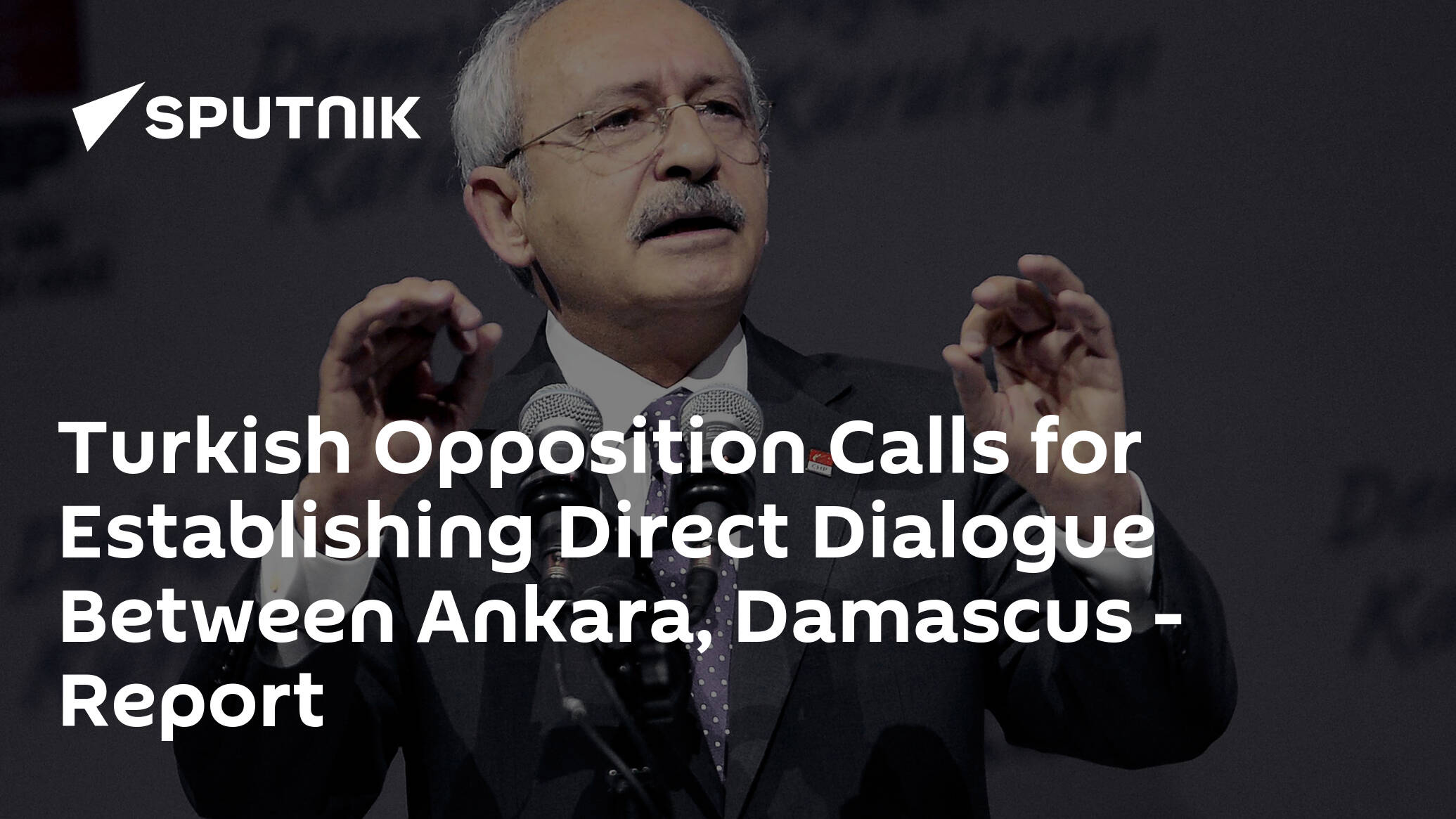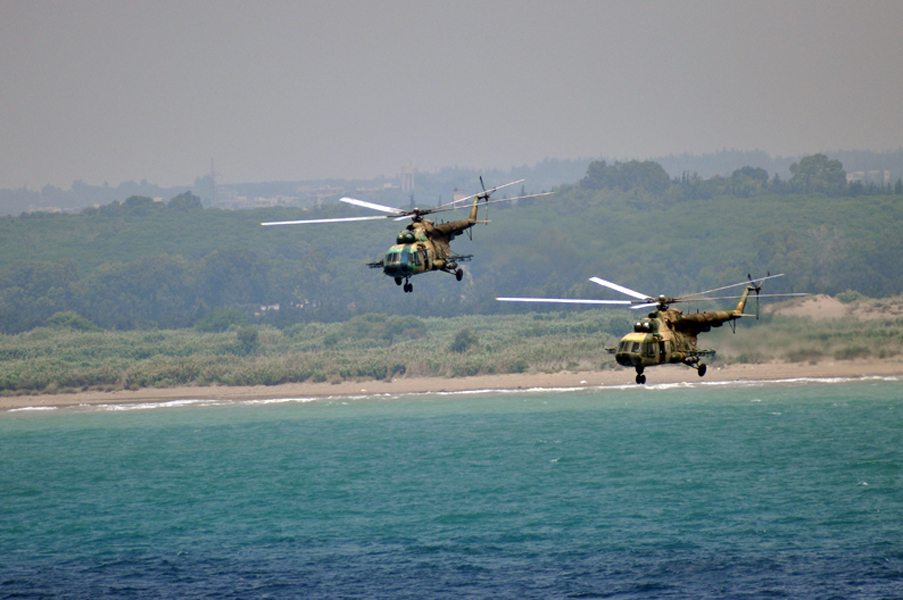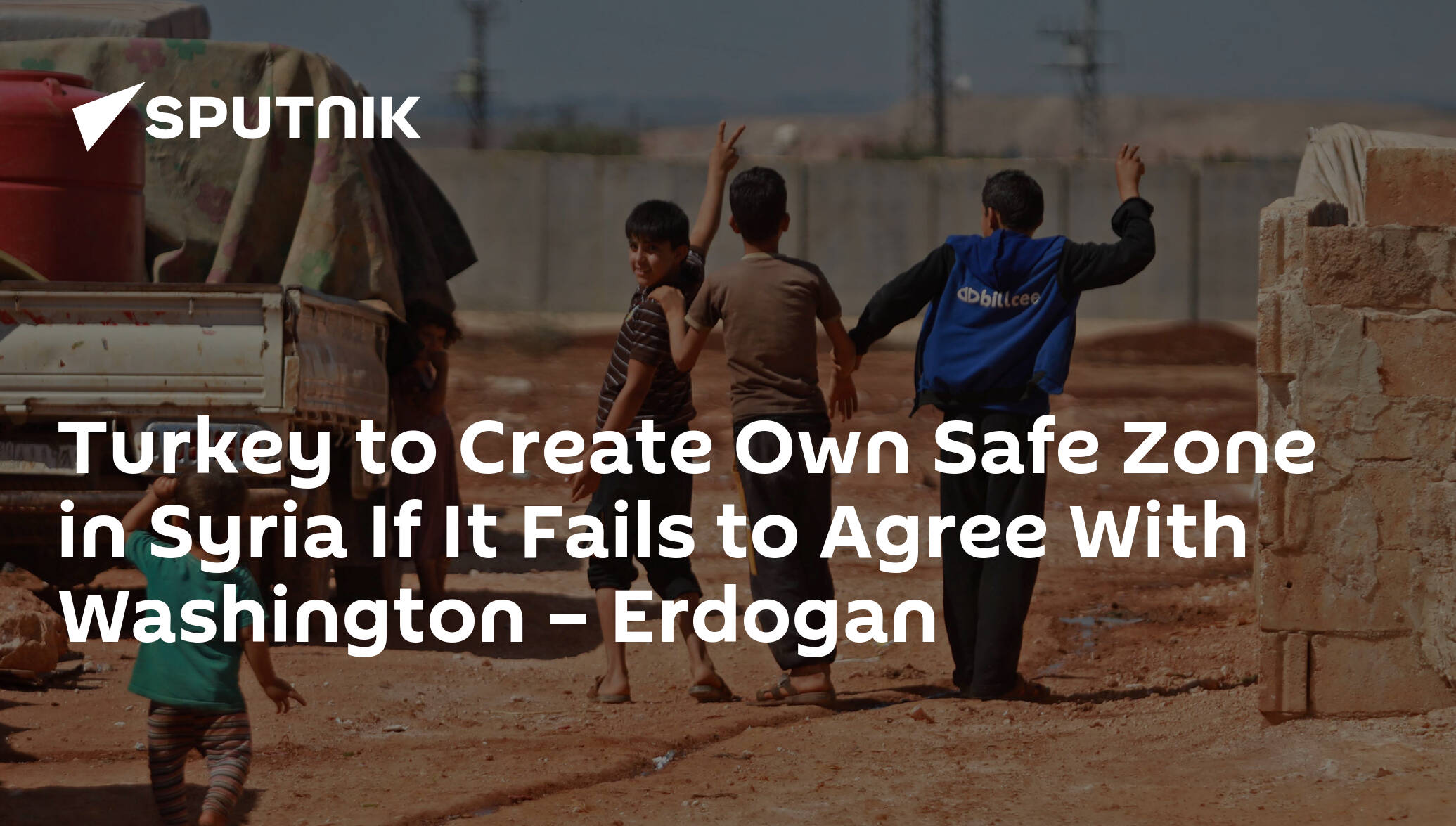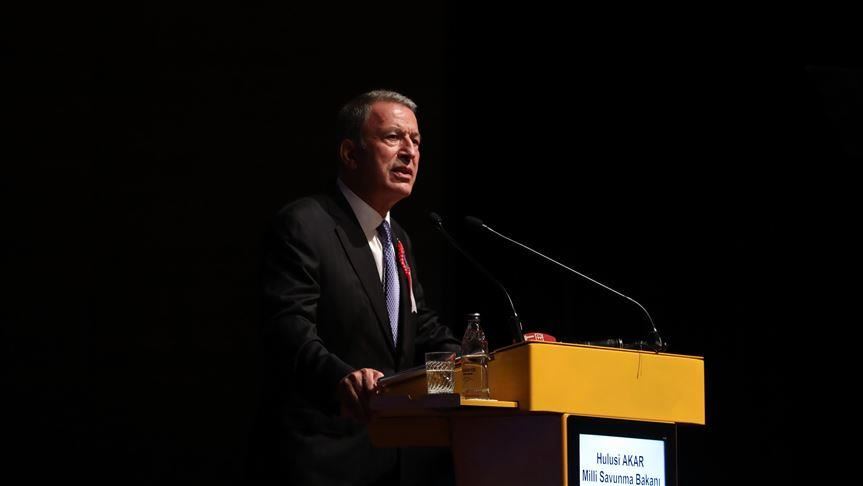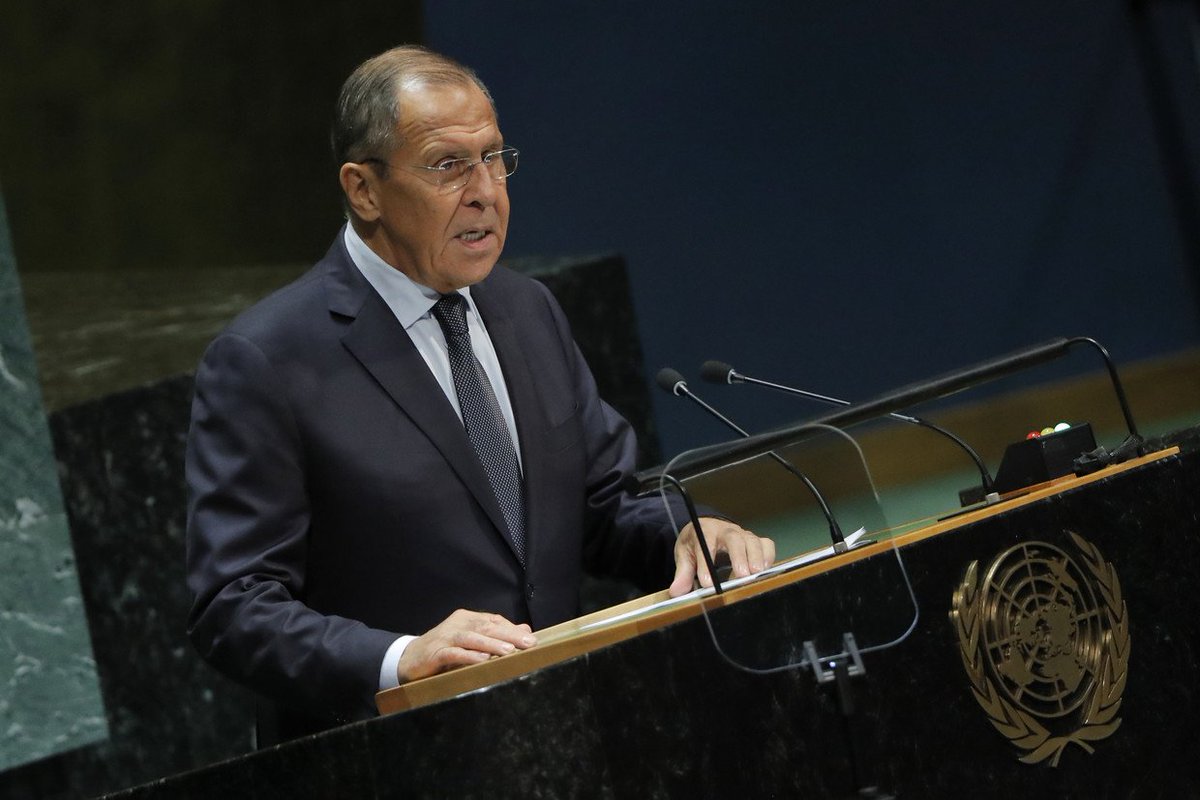MOUNT QARACHOGH, Iraq – A long mountain that juts from the flat plains like a knife today separates Kurdish Peshmerga forces and the Iraqi security forces. This is a result of clashes that took place in October 2017 following the Kurdistan Regional Government’s referendum. Since the clashes there have been on-again-off-again relations between the Iraqi division commanders and their Kurdish counterparts, working together through the US-led Coalition Operation Inherent Resolve, which is supposed to be fighting and defeating ISIS.
We’d heard rumors that ISIS was still operating below this mountain, called Mount Qarachogh, since last year. The members of ISIS who were not killed during the 2014-2017 war, in which the group was slowly defeated in parts of Iraq, have gone to ground. These are hardcore fighters or hangers-on, men for whom ISIS offers a ready-made escape from the drudgery of life and a place to go to resist what they see as an Iranian-backed Iraqi government.
These ISIS networks have existed for more than a decade in one form of another, going back to the insurgency against US forces after 2003. These were a collection of jihadists, al-Qaeda, local Ba’athists, and everything in between, as well as foreign fighters. When ISIS was powerful, at its peak in the fall of 2014, it attracted some 50,000 foreign volunteers in Iraq and Syria and ran a kind-of state built on Sunni Islamist supremacy and the genocide of minorities.
But ISIS today is quite different. To understand how different, one must go to Mount Qarachogh or other areas. The plains below the mountain are only an hour drive from Erbil, the bustling and modern capital of the Kurdistan Region. From the bright lights of the big city, the road to Makhmur, near the mountain, takes through streets lined with shops, mechanics and men selling household furniture. Then it goes through industrial sites, and finally, fields of oil drums and oil products. After all, this is northern Iraq – a large percentage of the world’s oil sits underground here. This is civilization in reverse, from the city to the infrastructure that makes it, to the agriculture fields that feed the people, to the caves where ISIS haunts the landscape.
So we drive along this road, passing the new oil company properties, the high fences and gates and signs with the foreign workers ensconced inside in sea containers or some other barracks-like environment. Finally, the road gives way to a giant traffic circle with a Kurdish flag flying in the wind above it. The names of the Peshmerga fighters who died fighting ISIS from 2014-2017 are engraved here. These are the martyrs the region sent to stop the black flag. In those dark days of 2014 ISIS sought to break through this area with its horde of trucks, mounted with machine guns, and Humvees captured from the Iraqi army. It lugged artillery up to Makhmur, in the distance. Only the sacrifice of Kurdish Peshmerga rushed to stop the tide, and then some support from the US Air Force, stopped the Blitzkrieg. And then the Kurds settled in the for the long haul, like the First World War, manning 1,000 miles of trenches against ISIS.
TODAY THE area near the Kurdish flag is manned by Sector 6 of the Peshmerga, troops who take pride in their 150km. of front-line. A short stop at Black Tiger Camp and a discussion with Col. Srud, a Kurdish commander here, reveals the challenges and successes of the force. The Peshmerga work closely with the US-led Coalition and their Security Force Assistance Brigade. Col. Srud says the geography here is difficult on the other side of the mountain. The Iraqi division faces challenges to control its sector. “They don’t have enough men and armored cars and it’s a big area to protect and all they do is hold strategic places and roads,” says the Kurdish commander.
These ISIS networks have existed for more than a decade in one form of another, going back to the insurgency against US forces after 2003. These were a collection of jihadists, al-Qaeda, local Ba’athists, and everything in between, as well as foreign fighters. When ISIS was powerful, at its peak in the fall of 2014, it attracted some 50,000 foreign volunteers in Iraq and Syria and ran a kind-of state built on Sunni Islamist supremacy and the genocide of minorities.
But ISIS today is quite different. To understand how different, one must go to Mount Qarachogh or other areas. The plains below the mountain are only an hour drive from Erbil, the bustling and modern capital of the Kurdistan Region. From the bright lights of the big city, the road to Makhmur, near the mountain, takes through streets lined with shops, mechanics and men selling household furniture. Then it goes through industrial sites, and finally, fields of oil drums and oil products. After all, this is northern Iraq – a large percentage of the world’s oil sits underground here. This is civilization in reverse, from the city to the infrastructure that makes it, to the agriculture fields that feed the people, to the caves where ISIS haunts the landscape.
So we drive along this road, passing the new oil company properties, the high fences and gates and signs with the foreign workers ensconced inside in sea containers or some other barracks-like environment. Finally, the road gives way to a giant traffic circle with a Kurdish flag flying in the wind above it. The names of the Peshmerga fighters who died fighting ISIS from 2014-2017 are engraved here. These are the martyrs the region sent to stop the black flag. In those dark days of 2014 ISIS sought to break through this area with its horde of trucks, mounted with machine guns, and Humvees captured from the Iraqi army. It lugged artillery up to Makhmur, in the distance. Only the sacrifice of Kurdish Peshmerga rushed to stop the tide, and then some support from the US Air Force, stopped the Blitzkrieg. And then the Kurds settled in the for the long haul, like the First World War, manning 1,000 miles of trenches against ISIS.
TODAY THE area near the Kurdish flag is manned by Sector 6 of the Peshmerga, troops who take pride in their 150km. of front-line. A short stop at Black Tiger Camp and a discussion with Col. Srud, a Kurdish commander here, reveals the challenges and successes of the force. The Peshmerga work closely with the US-led Coalition and their Security Force Assistance Brigade. Col. Srud says the geography here is difficult on the other side of the mountain. The Iraqi division faces challenges to control its sector. “They don’t have enough men and armored cars and it’s a big area to protect and all they do is hold strategic places and roads,” says the Kurdish commander.
It appears ISIS feels comfortable below here. Their members, at least according to the Kurdish Peshmerga who watch them through binoculars, come and go from the caves and wadis below. They can be seen, three figures sitting near a dry river bed, walking back to their mountain redoubt. They don’t seem like they are doing much besides getting water and sitting around. They are biding their time. They have networks in the plains below, stretching south to Hawija and into the Hamrin Mountains and other areas. The Iraqi army has launched a five-phased offensive throughout the country to crush these remnants, but it is like the other offensives since 2017.
Each time the offensive comes and goes. The Peshmerga on the mountain above watch these activities. They have not been attacked recently. They do not move away from their Kurdistan Coordination Line – as the Americans call it, the KCL. It’s their line: they man it and defend it (see video
from Qarachogh).
There are no visible special forces here, no complicated operations rooms where interesting raids are planned with helicopters and drones and mortar fire.
Maybe that exists, somewhere. Maybe it doesn’t. Maybe the reality of the war on the remnants of ISIS is that Iraq is a large country and in many areas, the enemy can hide out and wait, and finding them is difficult. Maybe the reality is – as rumors and details appear to confirm – that the Iraqi army has logistical problems in maintenance of its equipment and its intelligence, surveillance and reconnaissance assets, including UAVs and planes, are not being used in some areas, or used at all. Maybe the reality is that the Iranian-backed militias spend more time trying to just exert control over civilian areas, with secret prisons and creating a business out of their new occupation, that they don’t go out and root out ISIS. And so the enemy waits and watches.
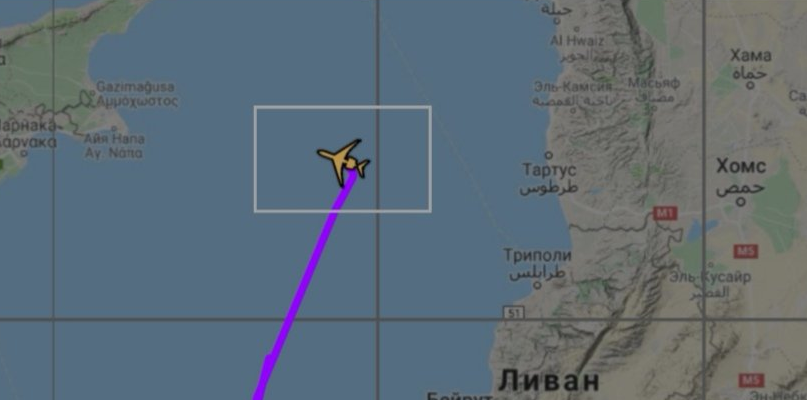
 southfront.org
25.09.2019
southfront.org
25.09.2019
 southfront.org
southfront.org


